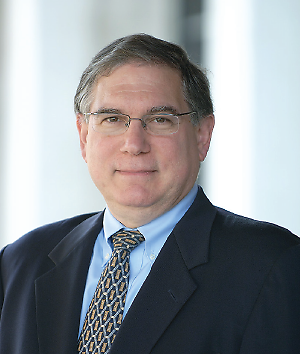NIH Head Rejects Proposed NIDA, NIAAA Merger
Abstract
The on-again, off-again merger between the National Institute on Drug Abuse and the National Institute on Alcohol Abuse and Alcoholism is off again.
Structure and function usually go hand in hand, but not always when it comes to the organizational chart at the National Institutes of Health (NIH).
In September 2010, the NIH’s Scientific Management Review Board voted 12-3 to merge the two institutes that study substance abuse. However, NIH Director Francis Collins, M.D., last month reversed that decision, opting for “functional integration” rather than “structural reorganization” as the best way to pursue research into substance use and addictions.
“[T]he National Institute on Drug Abuse (NIDA) and the National Institute on Alcohol Abuse and Alcoholism (NIAAA) will retain their institutional identities, while strengthening their ongoing efforts to work more closely with each other and with related research programs at other institutes and centers,” said Collins in a statement.
“This decision was a surprise,” said John Renner, M.D., chair of APA’s Council on Addiction Psychiatry, in an interview with Psychiatric News. “No one anticipated this recommendation, and no one has a clear sense of how it will actually work.”
The structure versus function argument has gone back and forth for years.
The two institutes arose out of different circumstances, the legacies of which may still separate them. NIAAA, created in 1973, was the result of longstanding efforts by the medical and scientific communities to approach alcoholism as a medical problem rather than a moral one. NIDA’s creation, also in 1973, reflected a response to the rise and rapid spread of illicit drug use in the late 1960s and the perceived urgency for more research into addiction.
Nevertheless, from 1974 to 1992, by congressional mandate, the two institutes (plus the National Institute of Mental Health) functioned administratively under the umbrella of the Alcohol, Drug Abuse, and Mental Health Administration, although they have been separate entities within NIH since a 1992 reorganization.
There are scientific as well as bureaucratic arguments for combining the two entities, said Renner, an associate professor of psychiatry and director of the addiction fellowship program at Boston University School of Medicine and associate chief of psychiatry for the VA Boston Healthcare System.
“Many clinicians see the division as an artificial distinction,” said Renner. “Drug and alcohol addiction may not be a single entity, but there are many commonalities and—in the real world—patients often use both kinds of substances.”
The proposal to merge the institutes met with different responses from the two institutes’ grantees, staffs, and advisory boards. NIDA constituents generally favored a structural merger, while those involved with NIAAA, the smaller of the two agencies, opposed it.

The National Institutes of Health prefers a functional rather than a structural integration of the work of NIDA and NIAAA, said Lawrence Tabak, D.D.S., Ph.D., principal deputy director of NIH.
Both NIDA Director Nora Volkow, M.D., and NIAAA Acting Director Kenneth Warren, Ph.D., referred requests for interviews to Lawrence Tabak, D.D.S., Ph.D., principal deputy director of NIH.
“Dr. Collins thoroughly discussed functional and structural integration with people from NIAAA and NIDA,” said Tabak in an interview. “He found an increased willingness to work together over the last two years.”
He noted that the two institutes already share a single clinical director, to cite one example of such cooperation.
Functional integration would also avoid “costly and time-consuming” efforts that would drain attention and resources from research, said Tabak. NIH held an open meeting on December 13 (after Psychiatric News' press time) to “lay out in more detail a suggested way forward,” he said.
“APA and its Council on Addiction Psychiatry intend to maintain close working relationships with both NIAAA and NIDA,” said Renner. “We do not anticipate that plans for a more-functional working relationship between the institutes will impact the collaboration we have enjoyed with both of them.” ■
The statement by Collins is posted at http://www.nih.gov/about/director/11162012_statement_suaa.htm.



